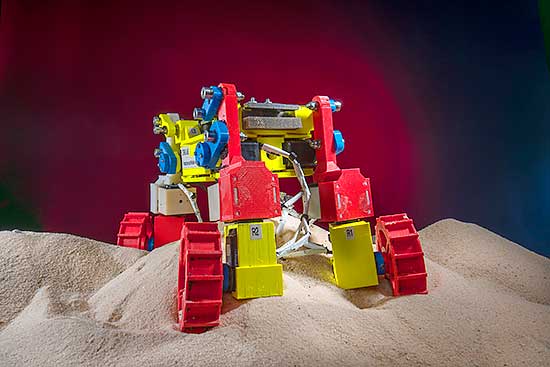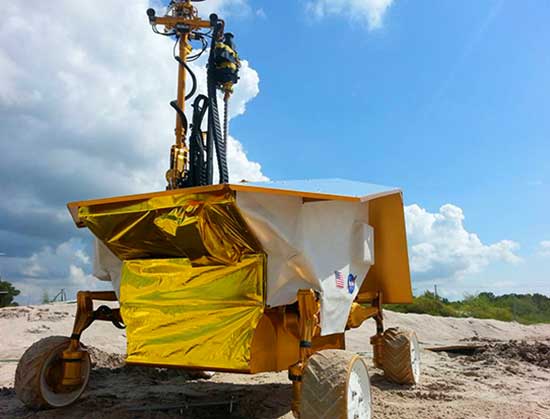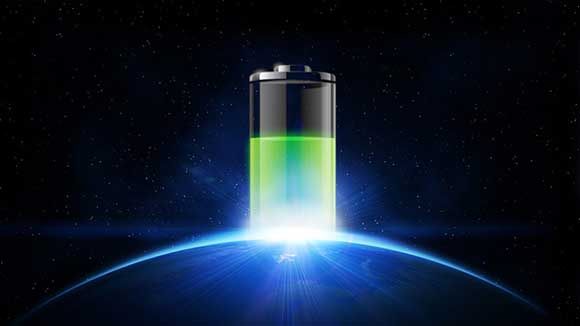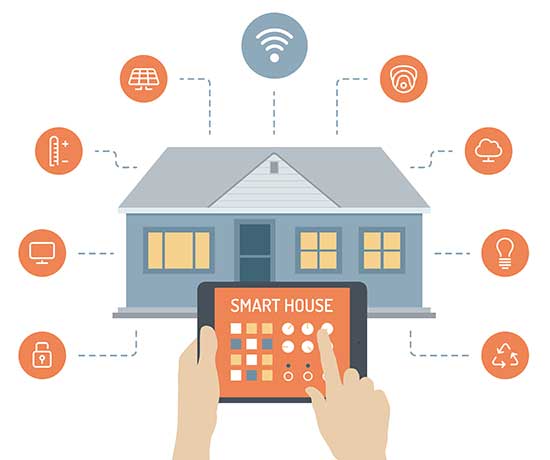
For years, watching various moon rover type vehicles go into space and never come back has felt quite sad. The work, the hardship and the craftmanship that goes into their creation is very satisfying indeed. However, one of the main reasons that many items we send out into space only are able to return their data stems from one factor – terrain. Well, the new Mars rover from NASA looks like it might be about to change all of that entirely.
This comes from the fact that the latest rovers aimed at looking over Mars will come with some kind of sand trap protection system. The old Spirit Mars rover that was sent out in 2009 ended up freezing on Mars as it got stuck in a sand trap. The wheels were unable to get out of the sand, leaving it more or less unsaveable. Now, though, new editions of the rover are going to have a solid solution to avoid that problem.
Prototypes for such a reason have been underway for some time, with the Johnson Space Center in Houston building an impressive prototype that was able to sweep its wheels, crawling as opposed to rolling. Further work has gone into such a development since, with the end result being the latest innovations which are being further forward.
One similar new development is by that of Siddharth Shrivastava, who managed to create a high-quality miniature version of the RP15 model, utilizing 12 motors to help manage its quadrant of wheels. However, this was designed to be able to ‘paddle’ out of tight spot and to safety as and when needed.

This is a big reason why today so many people are happy to invest their time and their effort into things like the space rover program. It offers exciting opportunities to help us slowly but surely overcome the limits that could stop us from achieving even more discovery in space.
The hope is that in time we’ll be able to see such hardware put to good use, offering simple yet effective solutions for getting vehicles out of a tight spot in the future. By having a combination of wheeling, paddling, and even lifting, future rovers should have no problem at all with overcoming the issues they face.
The aim, then, is simple: to make sure that in future we don’t have to worry about something as simple as sand curtailing a multi-million-dollar mission.
Citation
https://www.space.com/paddling-mars-moon-rovers-sand-traps.html


